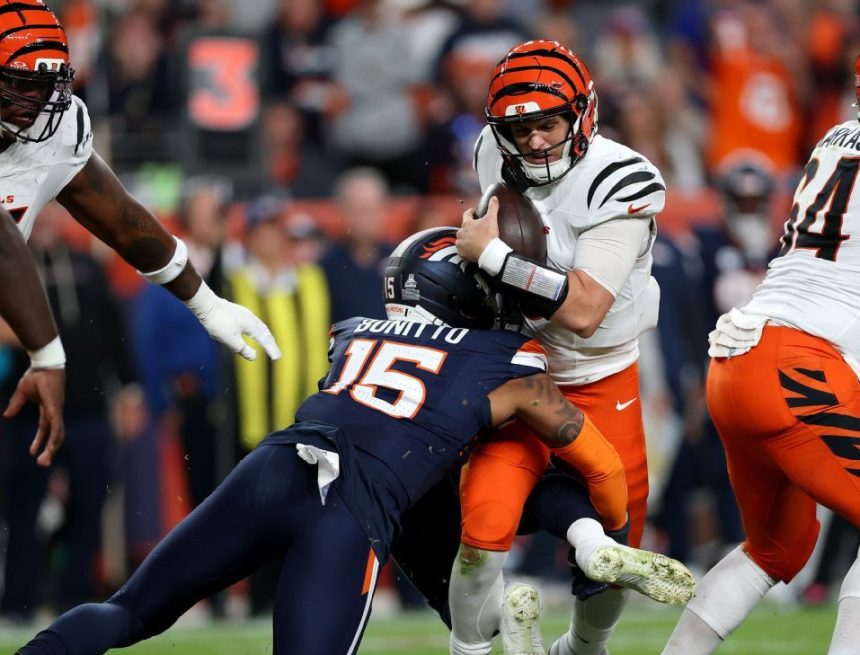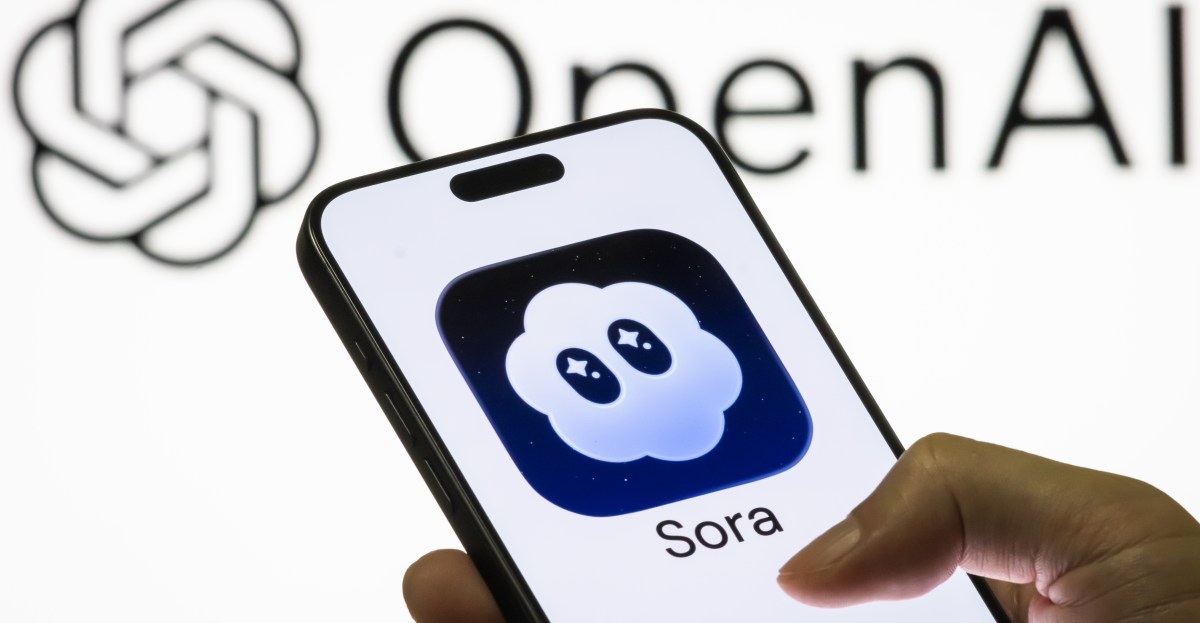This is The Stepback, a weekly newsletter breaking down one essential story from the tech world. For more on how to break free of the algorithm and discover things you love, follow Terrence O’Brien. The Stepback arrives in our subscribers’ inboxes at 8AM ET. Opt in for The Stepback here.
I used to have this ritual. Every Tuesday, I would get off the train at 8th Street on my way home from work. I would pop into Other Music, buy a new CD (or three…) and then walk the rest of the way to the Staten Island Ferry listening to my new CD. Even if there wasn’t a new record out that week that I was looking forward to, I would buy something. Often, if I went in without something specific in mind, I would consult the pyramid-shaped shelf at the end of the aisle that housed the staff picks. I would read through the index cards taped to the shelf containing handwritten endorsements from someone who worked there and grab something that sounded interesting.
It might seem like the ancient past, but until the 2010s, most people discovered new music in similar ways: browsing in a record store, friends at school, someone’s cool older sibling, CMJ New Music Monthly mix CDs.
That started to change in the 2000s with the advent of the first algorithmic recommendation engines. Pandora was the big pioneer there with its Music Genome project. The aim was to break songs down to easily quantifiable traits such as “gender of lead vocalist, level of distortion on the electric guitar, type of background vocals,” and the like. Then it would look for other songs that shared a certain number of traits in common and play that track.
Pandora enjoyed early success because its algorithmic approach to music recommendations was novel at the time. But there were also warning signs of problems to come. Anyone who used Pandora in the mid-to-late ’aughts will no doubt be familiar with its tendency to replay the same 10 or so songs over and over again.
This was in part due to it being at the forefront of streaming while having a small library. When Pandora filed its IPO in February 2011, it had just about 800,000 songs from 80,000 artists. Compare that to today, when even smaller players like Qobuz have over 100 million tracks.
Just a few months later, in July 2011, Spotify landed in the US with a catalog of 15 million songs and changed everything. Pretty much from moment one, Spotify was all in on algorithms. In 2015, Spotify launched perhaps its most iconic feature, the Discover Weekly playlist, which served up fresh algorithmic recommendations every week, as the name suggested.
Discover Weekly is far more sophisticated than the Music Genome project. It starts by pulling in songs from playlists created by its users, then matches them against a taste profile for each individual user, using technology from a company called The Echo Nest that it purchased in 2014. Then it performs additional fine-tuning and filtering, including machine learning analysis of raw audio data, before building you a unique 30-song playlist.
Spotify is the most popular music streaming service in the world. While its algorithmic recommendations aren’t necessarily the reason, its reach has meant that hundreds of millions of people are being fed a steady diet of music curated by a machine. Spotify’s goal is to keep you listening no matter what. In her book Mood Machine, journalist Liz Pelly recounts a story told to her by a former Spotify employee in which Daniel Ek said, “our only competitor is silence.”
According to this employee, Spotify leadership didn’t see themselves as a music company, but as a time filler. The employee explained that, “the vast majority of music listeners, they’re not really interested in listening to music per se. They just need a soundtrack to a moment in their day.”
Simply providing a soundtrack to your day might seem innocent enough, but it informs how Spotify’s algorithm works. Its goal isn’t to help you discover new music, its goal is simply to keep you listening for as long as possible. It serves up the safest songs possible to keep you from pressing stop.
The company even went so far as to partner with music library services and production companies under a program called Perfect Fit Content, or PFC. This saw the creation of fake or “ghost” artists that flooded Spotify with songs that were specifically designed to be pleasant and ignorable. It’s music as content, not art.
Streaming services also provided record labels with an incredible amount of data about what people were listening to. And in a sort of feedback loop, labels started prioritizing artists that sound like what people were already listening to. And what people were listening to is what the algorithm suggested.
Artists, especially new ones trying to break through, actually started changing how they composed to play better in the algorithmically driven streaming era. Songs got shorter, albums got longer, and intros went away. The hook got pushed to the front of the song to try to grab listeners’ attention immediately, and things like guitar solos all but disappeared from pop music. The palette of sounds artists pulled from got smaller, arrangements became more simplified, pop music flattened.
In a world where most content is being served up to us algorithmically, whether that’s on Spotify, YouTube, or TikTok, music discovery has suffered. Market research firm MIDiA published an alarming study in September that said, “the more reliant users are on algorithms, the less music they hear.” It found that while new music discovery is traditionally associated with youth, “16-24-year-olds are less likely than 25-34-year-olds to have discovered an artist they love in the last year.” Gen Z might hear a song they like on TikTok, but they rarely investigate beyond that to listen to more music from the artist.
Algorithm fatigue has been building for some time. Apple made human curation a central selling point of its music service, enlisting big names like Jimmy Iovine and Zane Lowe. But recently, the rebellion against the algorithm has picked up steam.
Bandcamp Daily has been a cornerstone of music discovery since 2016, and the site launched Bandcamp Clubs in 2025. These deliver one human-selected album a month, artist interviews, and live listening parties to subscribers. Qobuz does have an algorithmic recommendation engine, but it’s far more focused on its editorial side at Qobuz Magazine.
Gen Z might be less likely to discover a new artist they love than some older generations. But they’re also leading a resurgence in college radio. Terrestrial radio once seemed like a dying format, but many schools now report they don’t have enough time slots to accommodate all the aspiring DJs.
Even the iPod is enjoying a renaissance. Classic iPods fetch hundreds of dollars on eBay, and an entire subculture, albeit small, has arisen around modding them to extend battery life, increase storage, and add modern conveniences like Bluetooth and USB-C.
At this stage, anti-algorithm is itself an entire genre of content. Particularly on YouTube, where creators make videos about ditching streaming, stopping doomscrolling, and how the algorithm has flattened culture.
Of course, once something becomes a trend, it’s only a matter of time before companies start trying to figure out how to cash in. Spotify has introduced features to try and address complaints about its algorithm, including the ability to exclude songs from your taste profile. But it also introduced new human curation features.
More companies will probably start offering off-ramps as algorithm fatigue grows. But, eventually, companies will figure out how to create the illusion of serendipitous discovery. They will serve up algorithmic recommendations, but package them in a way that feels more natural.
It’s not hard to imagine a future where ostensibly human-curated playlists are algorithmically tailored to exclude songs that don’t match your listening history exactly. Or one where algorithmic recommendations are placed subtly in easy-to-discover places, making you feel like you stumbled across a new record all on your own. You’ll still be manipulated by an algorithm; it will just be harder to spot.
- By today’s standards, the Music Genome project was quite rudimentary. It relied on humans manually tagging songs with various “genes.” The people doing the work were trained musicians and musicologists, but the database was still largely left to the subjective opinions of individuals. In the beginning, only 10 percent of songs were analyzed by more than one musician to ensure some level of consistency.
- In its own way, the vinyl resurgence is part of the anti-algorithm sentiment. It may have started around 2007, but it peaked in the 2020s. Listeners began to reembrace physical media and the album format. Initially, it was driven by independent artists and small music shops, but eventually even artists like Taylor Swift got in on it, selling over 1.3 million copies of The Life of a Showgirl on vinyl in its first week.
- Last.FM was another early music recommendation system that relied on data analytics. It tracked what you listened to and suggested bands based on what other users with similar tastes liked. While it still exists, native algorithmic recommendations in Spotify and the like made it obsolete. Though it found a second life on Discord, apparently.
- Liz Pelly’s book Mood Machine offers a broad overview of Spotify’s shady doings, but this excerpt published in Harpers gives you all the most important details about its Perfect Fit Content program.
- UX designer Lou Millar-MacHugh explains why we can’t have nice things on the internet because companies will simply learn to create artificial serendipity.
- Business Insider looks at how Spotify customers are “being flooded with music they hate.”
- Fast Company’s fascinating history of Pandora from music streaming pioneer to historical footnote.


